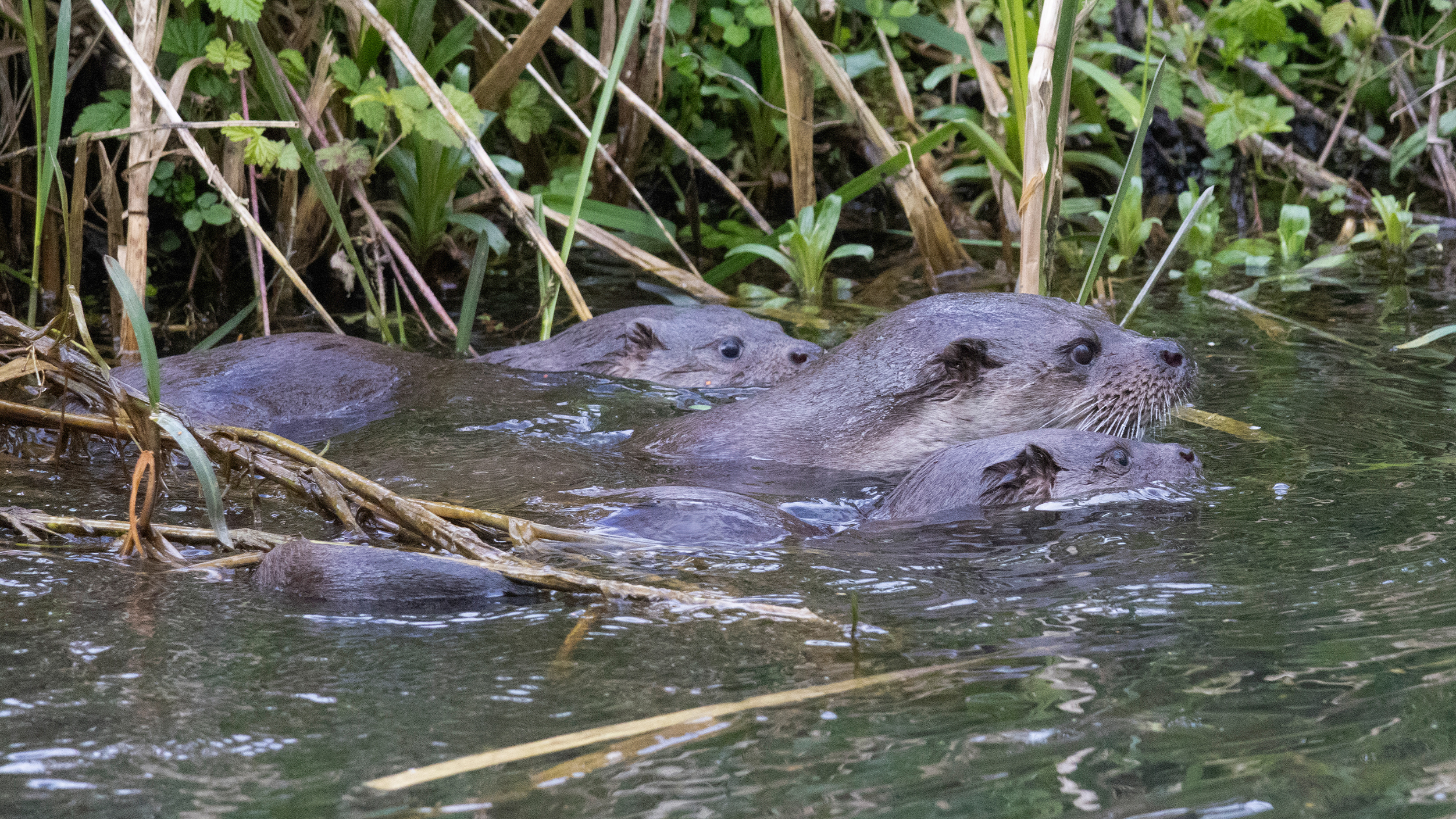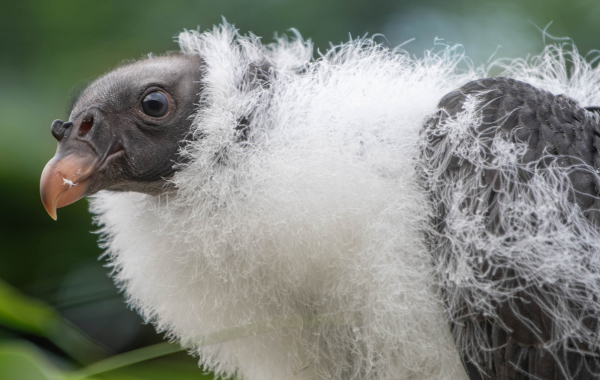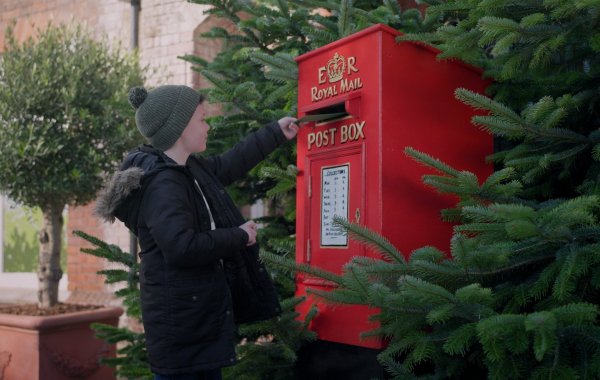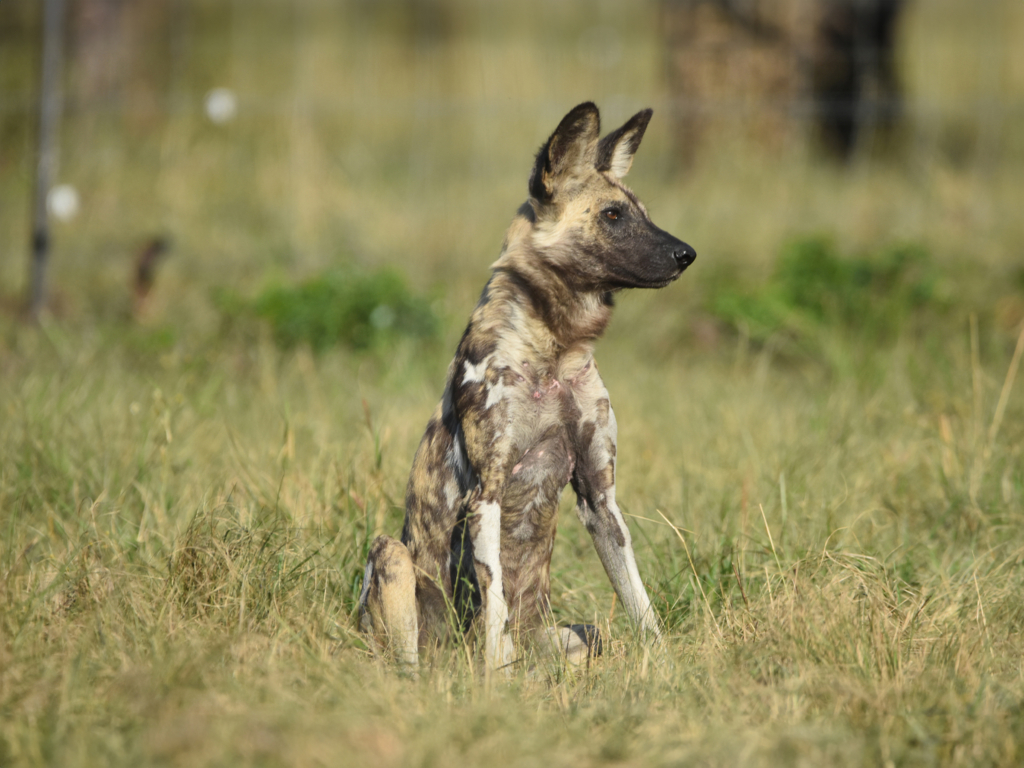
Our Nature Area is more than just a tranquil pathway located at the bottom of the Zoo! Over the past 13 years, the area has grown into a haven for native wildlife and has since welcomed a range of local species and plants, including most recently, the Eurasian otter (Lutra lutra).
The Nature Area is adjacent to the Roman River, which flows into the River Colne and joins the sea as part of the Colne Estuary. This river system is crucial for many bird species and serves as a travel route for wandering otters, who journey along the river all the way to Colchester Zoo. Eurasian otters are currently classed as ‘Near Threatened’ on the IUCN Red List of Threatened Species, so it’s great news that our Nature Area has developed into a viable and natural habitat as its original purpose!
Other observations in the area include the European stag beetle (Lucanus cervus), the UK’s largest beetle! These beetles are classified as a ‘Priority Species’ for conservation in the UK. The smooth newt (Lissotriton vulgaris), currently protected under UK law, and the red kite (Milvus milvus), once on the brink of extinction however, due to conservation efforts they are being more commonly seen across the Essex countryside.
The Nature Area also has a vibrant collection of plants where trees, shrubs, and wildflowers create a rich habitat for wildlife. In spring, blooming flowers provide essential food for pollinators and birds, while the oak and alder trees offer shade and shelter. The lush green foliage of nettles and cow parsley supports a variety of insects, contributing to the area’s biodiversity. Our gardening team have been hard at work developing the hedgerow habitats, with hawthorn and blackthorn providing food and shelter for various animals.
Colchester Zoo currently participates in BIAZA’s ‘Spotted on Site’ campaign where native species are identified and recorded on the Nature Area. This means the Education Team are looking for ‘wild’ species on site (so no records of tigers, lions, or bears!). Keeping track of what is naturally occurring helps educators and conservationists understand what is there and ways to manage the grounds to make it an even better place for wild species.
Most recently, we participated in the BIAZA SoS Autumn Bioblitz (14th to 20th October 2024) where a number of Zoo’s around the UK have recorded autumnal species through camera traps and onsite observations. Recorded observations includes European wood mouse, red fox, and smooth newt, as well as vegetation and plant life!
All observations are included on iNaturalist website where sightings are added by our Education Team. Not only are sightings recorded but photographs and video from camera traps are uploaded to the site as part of the documentation process.
Our Nature Area first opened to the public in 2011 and is located at the bottom of the park next to the Amur tiger habitat. Take a journey around the pathway for a relaxing wander and discover what native species you can spot!




